Table of Contents
Guide
Page List

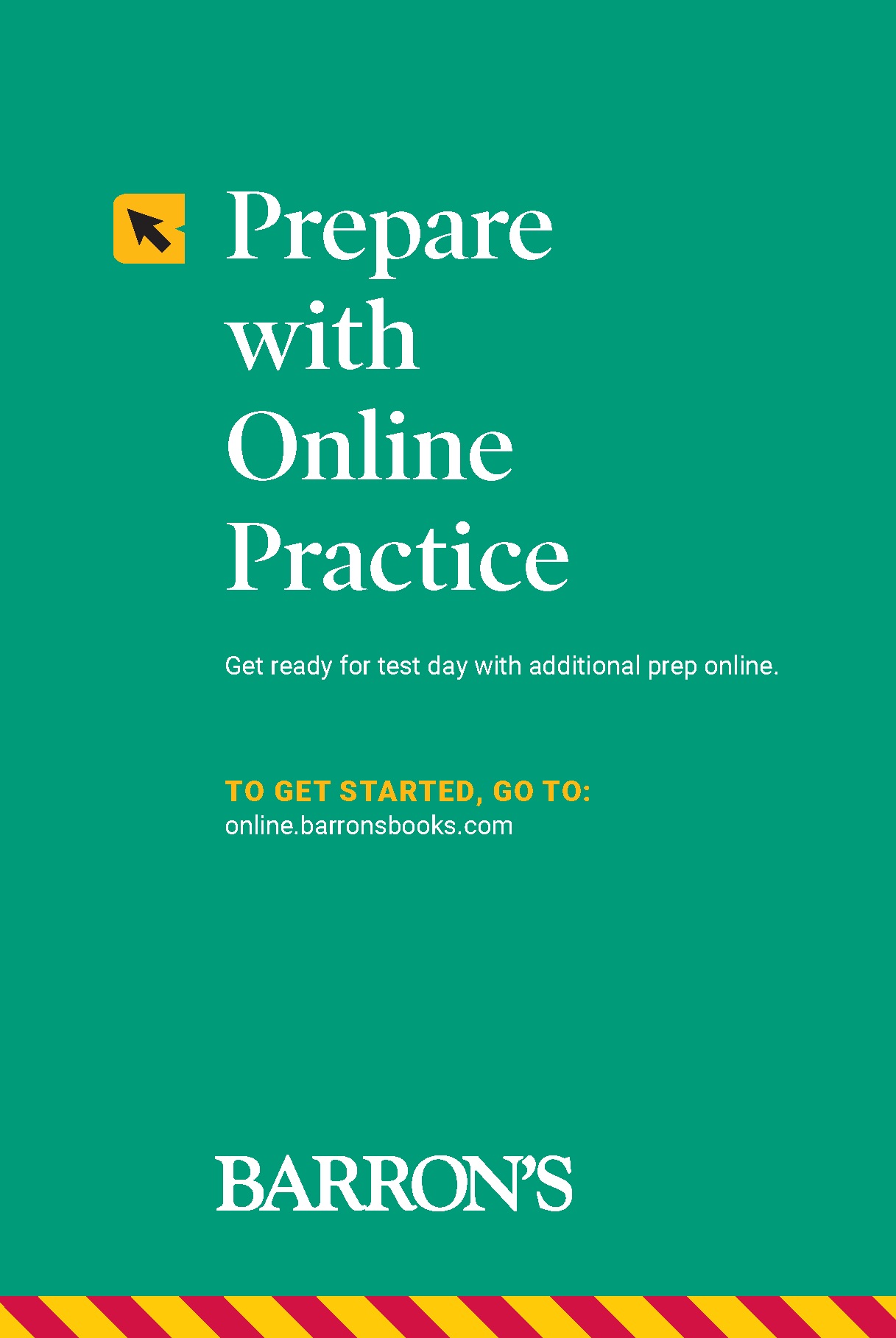 for Judy
for Judy About the Author John B. Nici has a masters degree in art history and is retired from teaching at both Lawrence High School in Cedarhurst, New York and at Queens College in Flushing, New York. In 2004 he was the recipient of Queens Colleges Presidents Award for Excellence in Teaching by Adjunct Faculty. He has published extensively on art history pedagogy and has presented and published scholarly papers on topics that include Byzantine art, Piero della Francesca, and Delacroix. He is the author of
Famous Works of Artand How They Got That Way. Copyright 2020, 2018, 2015, 2012, 2008 by Kaplan, Inc., d/b/a Barrons Educational Series All rights reserved under International and Pan-American Copyright Conventions. By payment of the required fees, you have been granted the non-exclusive, non-transferable right to access and read the text of this eBook on screen.
No part of this text may be reproduced, transmitted, downloaded, decompiled, reverse engineered, or stored in or introduced into any information storage and retrieval system, in any form or by any means, whether electronic or mechanical, now known or hereinafter invented, without the express written permission of the publisher. Published by Kaplan, Inc.,
d/b/a Barrons Educational Series 750 Third Avenue New York, NY 10017 www.barronseduc.com ISBN: 978-1-5062-7428-7 10 9 8 7 6 5 4 3 2 1 Contents As you review the content in this book and work toward earning that on your AP Art History Exam, here are five things that you MUST know above everything else: Learn to fully identify each object completely. Multiple-choice questions may ask you to know all the details about a work (for example: name of artist, if known; name of work; date; period or culture; medium and/or materials; location of architecture). Examples: Funeral banner of Lady Dai (Xin Zhui), 180 B.C.E., painted silk; Chinese: Han Dynasty Ogata Korin, White and Red Plum Blossoms, 17101716, ink, watercolor, and gold leaf on paper; Japanese Templo Mayor (Main Temple), 13751520, stone, Tenochtitln, Mexico City, Mexico; Mexica (Aztec) Study works of art in context. It is important to know the names of the artists and the titles of the works, but it is required to know how these were meant to be seen and understood. You must know a given works context to understand how the work can be interpreted. Study in-depth works that are important because of their location. Many of the works that are now required have significant locations, and it is wise to study how their location influences their design. This is often asked.
Examples: Lanzn Stone Smithson, Spiral Jetty Dome of the Rock Learn vocabulary! Most of the multiple-choice questions require you to know the basic terms art historians use to discuss great works of art. This is particularly important when discussing ancient and medieval art. Study the vocabulary sections at the end of each chapter. The most common vocabulary terms include but are not limited to: Painting techniques (including pottery) Parts of architectural monuments (like ancient temples and medieval churches) Types of printmaking (etching, woodcut, engraving, etc.) Methods of sculpture (lost wax process, repouss, etc.) Select works that have cross-cultural connections. On the newly redesigned exam, many questions focus on the interconnections between cultures. Examples: Works from New Spain that show indigenous American and Spanish influence European works that show a Japanese influence Islamic works that show an influence from Chinese sources Acknowledgments F or this fifth edition, I would like to thank all those students who generously contributed their essays for use in this book. They are from St.
Andrews Episcopal School in Austin, Texas. They are: Paige Anderson, Anna Booth, Olivia Bowness, Hannah Bray, Allie Calcote, Hector Cantu, Clarisse Chiang, Ellie Claman, Leah Claman, Sienna Del Conte, Virginia Harrell, Lily Hersch, Haley Justiz, Nathan Lietzke, Elizabeth Long, Owen McWilliams, Georgia Northway, Grace Northway, Ava Nykaza, and Christian Zhao. Special thanks to my friend and colleague Marsha Russell for facilitating the St. Andrews essays. Students who come to Advanced Placement Art History, unlike students who take almost any other AP exam, often approach the material afresh at the beginning of the school year, with no prior study and no prior understanding of the subject. This is an extraordinary opportunity for the teacher as well as the student to confront a new subject with no preestablished prejudices.
However, because the student has little background and must learn everything from scratch, the course can seem unusually daunting. All those works of art! All those images! All those unfamiliar names! All those vocabulary words! Civilizations rise and fall in only a weeks time in an art history classroom. There is definitely a need for this Barrons book. Ideally, this book serves as a refresher to complement a complete art history course. It does not function to replace any of the excellent survey texts available on the subject, nor does it pretend to duplicate any of the materials available through the College Board. However, it is a good way to easily organize study patterns for students who must deal with hundreds of images and must learn to discuss them in an intelligent way.
This book can also double as a ready reference for teachers, students, and devotees of the subject as an educational resource. Unlike textbooks in math, science, or social studies, art history books do not have review questions at the end of each chapter, and do not summarize what the student has learned. To meet this need, the teacher may wish to use the practice exams as a warm-up to the actual test. The more familiar students are with the actual exam, the more likely they are to score well on it. A Note to the Student You should be aware that this book is not a magic bullet to solve a years worth of lethargy. Optimally it should be used as a complement to the course, but it will also serve well as a systematic study program to prepare you for the exam.
By March you should be reviewing the earliest material, slowly going over one art period after another. It is worthwhile going over every image in the book, whether or not it is familiar to you. The more breadth of experience you have, and the greater your understanding of the subject, the more likely you will be able to handle any question that comes your way. The Advanced Placement Examination in Art History is a 3-hour test composed of an hour of multiple-choice, followed by a short break, and then 2 hours of free-response. The format is as follows: SECTION I: MULTIPLE-CHOICE QUESTIONS. 1 hour. This section features 80 multiple-choice questions.
Some of the questions have images accompanying them, some do not. All of the images on the exam will be in color. You may move freely throughout this section. It is wise to answer those questions that you do know immediately and go back to ponder those that might cause a problem. There is no penalty for guessing! Every answer should be filled in. Nothing should be left blank.
If you are told by the proctor that you only have a few minutes left, bubble in all the remaining answers. This is extremely important because the multiple-choice questions account for 50 percent of the grade!


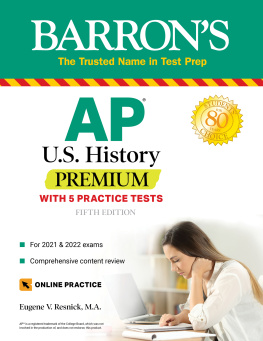
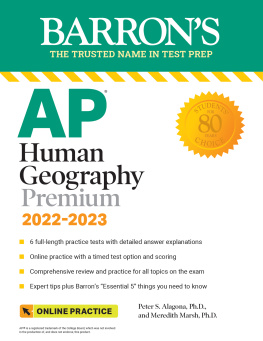
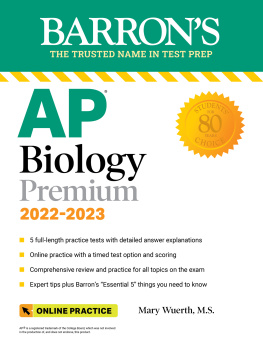
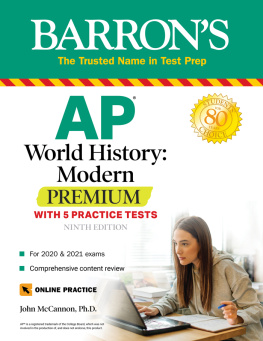
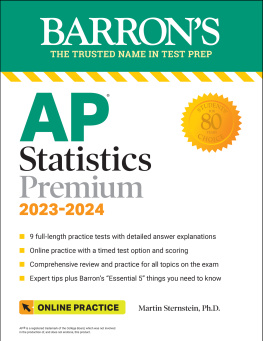
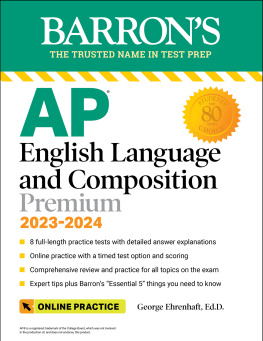
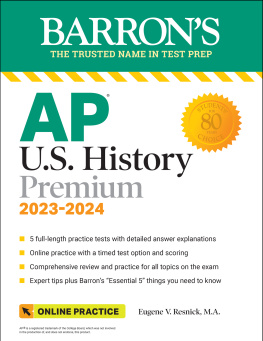

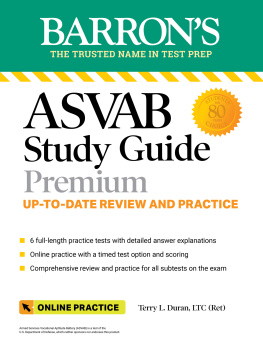


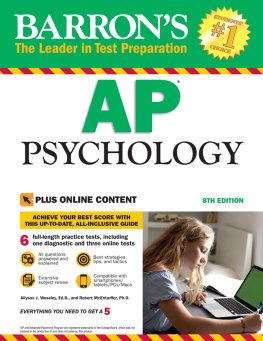


 for Judy About the Author John B. Nici has a masters degree in art history and is retired from teaching at both Lawrence High School in Cedarhurst, New York and at Queens College in Flushing, New York. In 2004 he was the recipient of Queens Colleges Presidents Award for Excellence in Teaching by Adjunct Faculty. He has published extensively on art history pedagogy and has presented and published scholarly papers on topics that include Byzantine art, Piero della Francesca, and Delacroix. He is the author of Famous Works of Artand How They Got That Way. Copyright 2020, 2018, 2015, 2012, 2008 by Kaplan, Inc., d/b/a Barrons Educational Series All rights reserved under International and Pan-American Copyright Conventions. By payment of the required fees, you have been granted the non-exclusive, non-transferable right to access and read the text of this eBook on screen.
for Judy About the Author John B. Nici has a masters degree in art history and is retired from teaching at both Lawrence High School in Cedarhurst, New York and at Queens College in Flushing, New York. In 2004 he was the recipient of Queens Colleges Presidents Award for Excellence in Teaching by Adjunct Faculty. He has published extensively on art history pedagogy and has presented and published scholarly papers on topics that include Byzantine art, Piero della Francesca, and Delacroix. He is the author of Famous Works of Artand How They Got That Way. Copyright 2020, 2018, 2015, 2012, 2008 by Kaplan, Inc., d/b/a Barrons Educational Series All rights reserved under International and Pan-American Copyright Conventions. By payment of the required fees, you have been granted the non-exclusive, non-transferable right to access and read the text of this eBook on screen.